Sea Nomads
The Bajau Laut are located in different areas around Asian nations, including the Philippines, Brunei and Malasya.


The tribe is composed of approximately one million people.
They Don´t Have Houses On The Shore
For us, it sounds completely crazy, but for this tribe, not having a house is the norm.
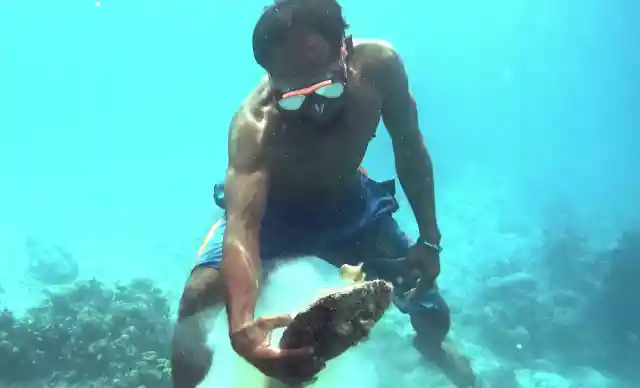

Instead, they operate from boats, known as "lepa-lepa," that they make themselves. They usually scour the seafloor for fish and other items that they can sell.
They Spend More Than Half The Day Underwater
Most of us could not imagine spending more than a few minutes, even a few seconds, holding our breath underwater, but not the Bajau Laut.


They have to rely on their ability to hold their breath for long periods of time. So researchers took a closer look at their lifestyle and found that the tribe's biological make-up was different!
They Have Been Around For Hundreds Of Years
Records of the Bajau Laut can be found dating all the way back to the 16th century.
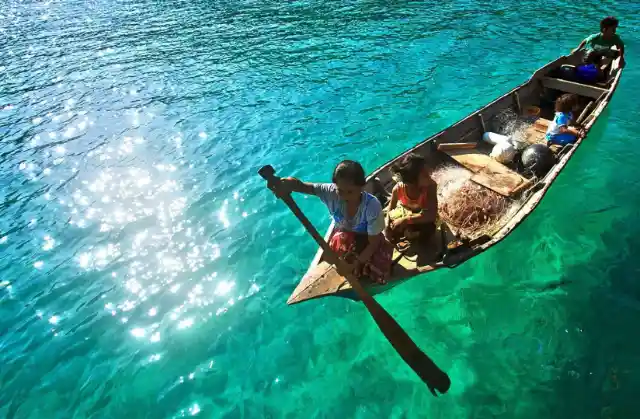
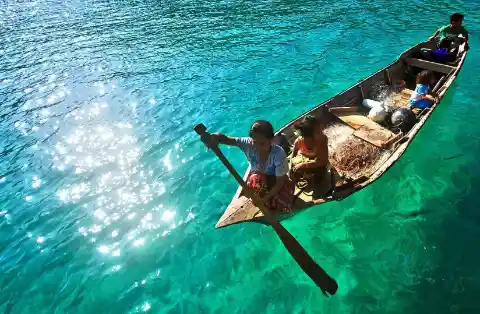
When a former resident of Venice Italy, Pigafetta, joined Magellan's crew to find a new route to India, he discovered the Bajau Laut in the ocean.
There Are Different Origin Stories
It's said that the tribe members once served as guards an Asian king on the shore.
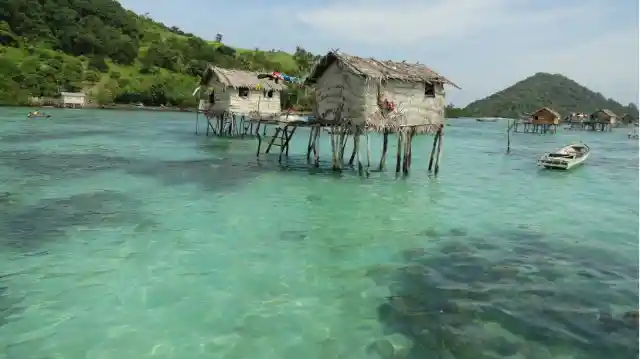

And that when they failed the king, they decided to stay out of the shore to avoid his wrath.
Other Legends
While the first story is already interesting, what people in the Philippines believe is even better.
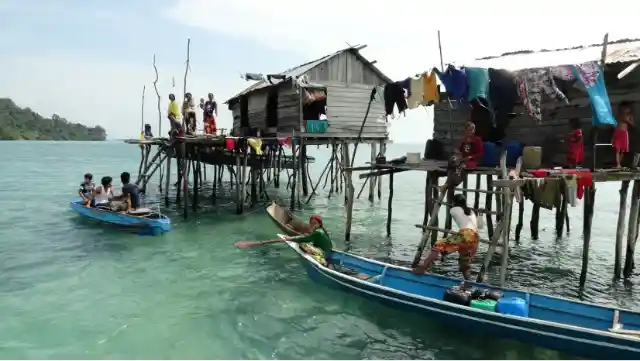
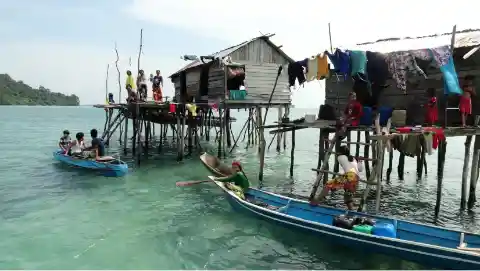
They believe that a giant stingray took them from a certain area of Asia and lead them to the sea where they live today.
They Have To Face Certain Obstacles
In order to last longer underwater without breathing, they need to swim deeper below the surface, exposing themselves to more pressure.
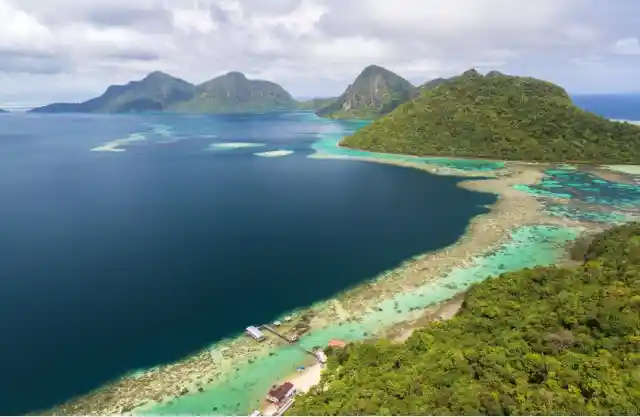

So they had to come up with a solution: they burst their eardrums when they are young. After a week of lying down because of dizziness, they can dive without pain.
They Make Their Equipment
But that's not the only thing they do to achieve what seems impossible. They also need proper equipment to survive underwater so long.

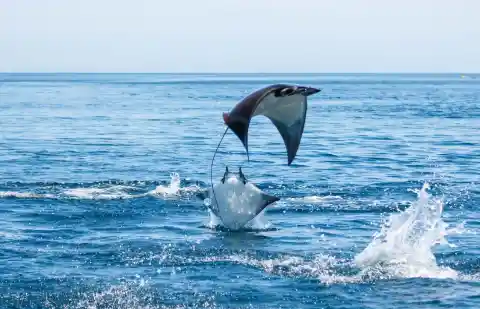
Goggles for diving are essential, so they make them with wood and glass lenses. They also make spear guns from different materials.
Some Of Them Are Extraordinary Good At Diving
Given everything we've mentioned before, this fact about the tribe is no surprise, but it is still worth mentioning.

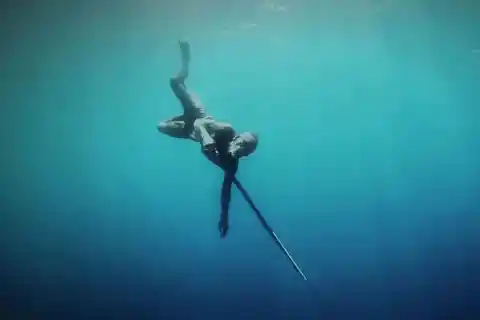
Some members of the tribe can hold their breath for extended periods underwater. Some can stay under water for a quarter of an hour.
They Still Have Some Issues Because Of The Pressure
One of the biggest problems they have to face is referred to as "the bends."
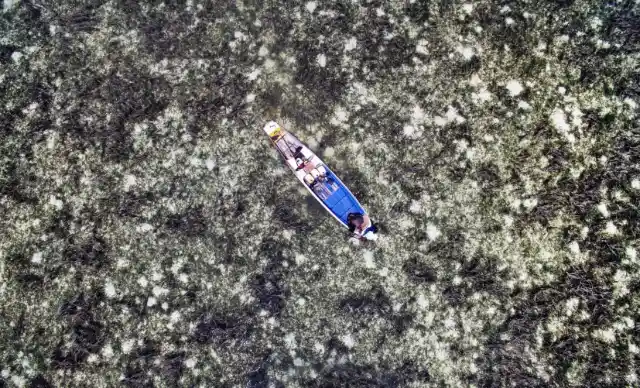
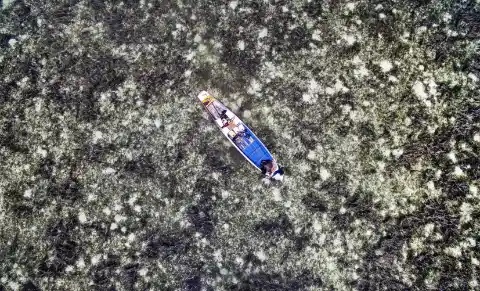
The pressure of deep diving can cause decompression sickness, with horrible effects on the body ranging from permanent disability to death. Swimming back to the surface too quickly without the chance to depressurize at a steady rate can be fatal.
They Also Have Issues With The Indonesian Government
Countless members have been forced to move to the shores, because the government clashes with their traditional ideals.


Some communities did manage to erect their own small towns held up on stilts. These are called Torosiaje.
A Scientist Traveled To Thailand And Found Out About The Bajau Laut
A geneticist from the University of Copenhagen decided to visit the tribe to conduct some research.


Melissa Ilardo wanted to find out what allowed them to continue their lifestyle.
Previous Studies About The Role Of The Spleen When Swimming
When swimming mammals hold their breath underwater, scientists noted that the organ was larger than expected and was able to store oxygen-rich red blood cells.
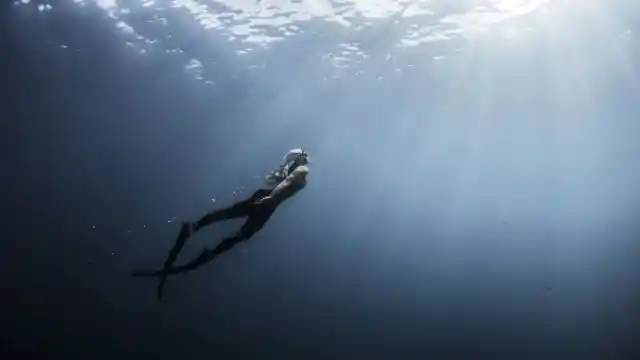
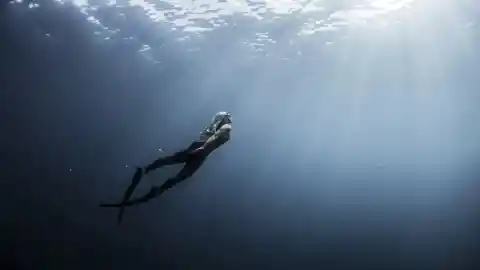
Seals have particularly big spleens, so with that in mind, Ilardo conducted her research.
The Scientist Had Very Interesting Points
She explained the BBC show Inside Science that "There´s a human dive response that is triggered by holding your breath and submerging yourself in water."
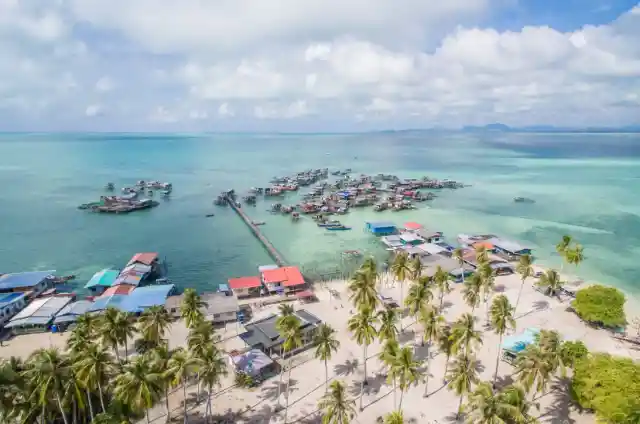
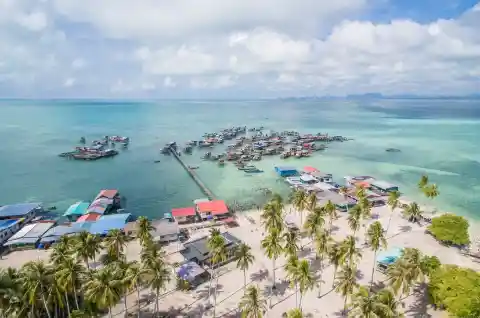
The spleen plays a role in this too, as it does in many mammals that also dive for long periods of time.
The Science Behind Diving
"Your heart rate slows, and you have peripheral vasoconstriction, where the blood vessels in your extremities get smaller to preserve the oxygenated blood for your vital organs.."


And then the last thing is the contraction of the spleen. The spleen is a reservoir for oxygenated red blood cells," she explained.
The Spleen Is Key To Diving
"So when the spleen contracts, it gives you an oxygen boost. It´s like a biological scuba tank."
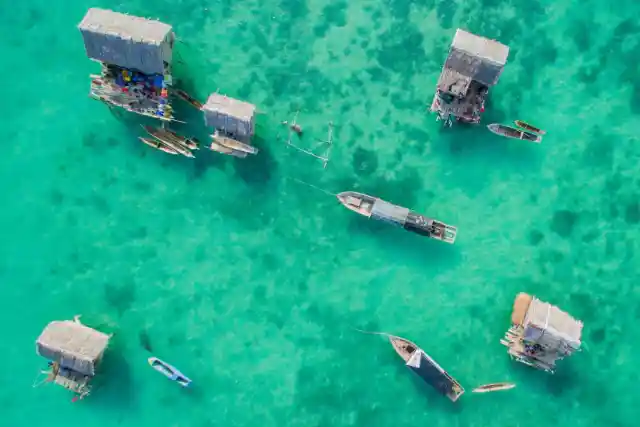
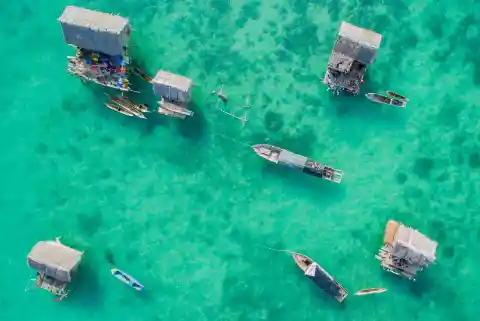
Additionally, she made some tests on members of the tribe that lived in the ocean and those that left and lived as farmers.
Test Results
The sea nomads had spleens twice the size of those tribe members that lived on the shores.

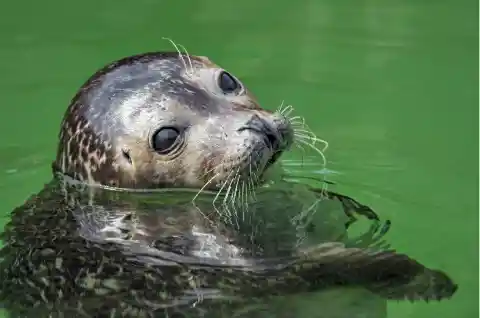
They also discovered a gene that is known as PDE10A, which keeps a particular hormone under control in the thyroid gland.
The Special Gene
The PDE10A gene had also been found in mice, and seemed to control the size of the spleen.
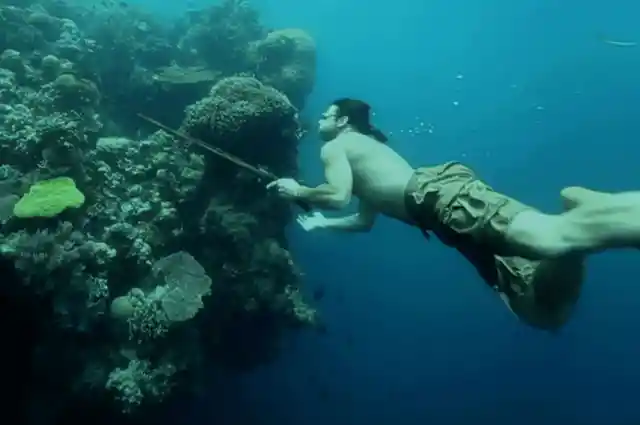
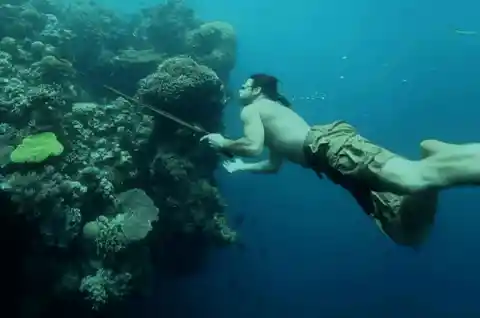
Ilardo believes that the biological make-up of the tribe is a result of Darwinian natural selection.
Adaptation
"It´s a wonderful example of how humans can adapt to their local environments, but there may be some medical interest in this." said Rasmus Nielsen, co-author of the study.

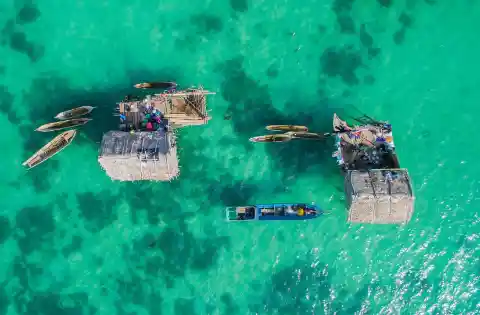
The results weren't so shocking to the scientists because they already had a similar idea of what the results would be. After all, there had to be a logical explanation for how these people manage to be underwater for such long periods of time.
Are They The Only Ones To Have This Unique Trait?
Scientists believe that these findings could redefine our entire understanding of humanity´s ancestry.
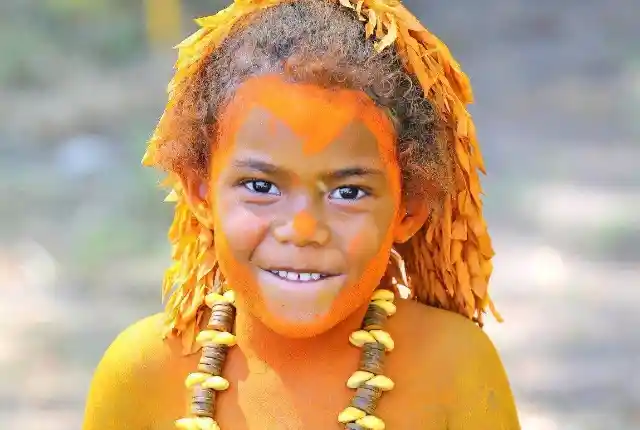
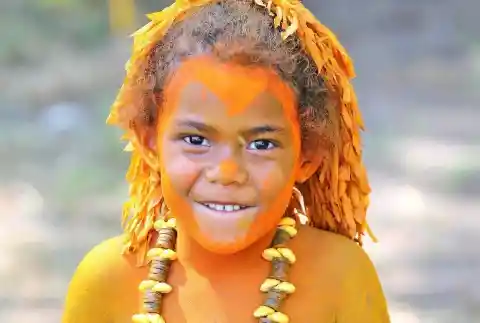
These discoveries have sent shockwaves through the scientific community and hopefully, we'll learn more about them soon.